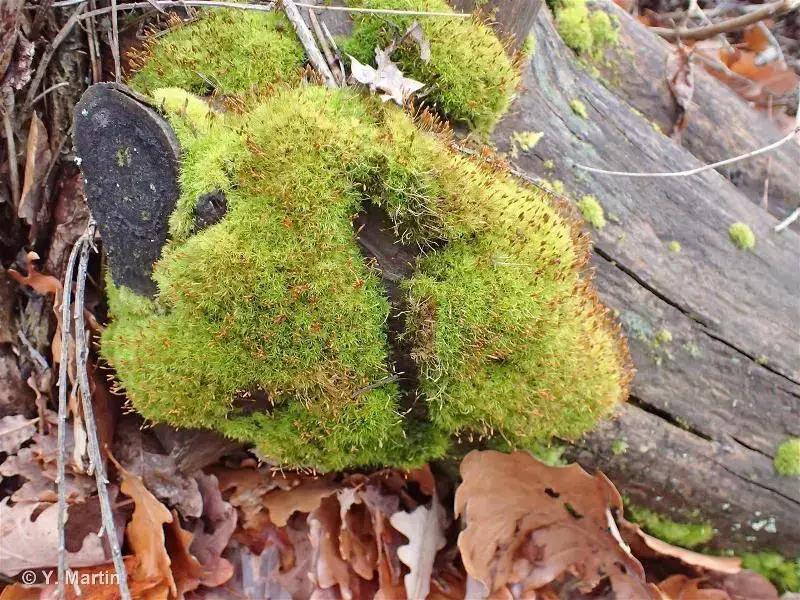
382021.jpg from: https://inpn.mnhn.fr/espece/cd_nom/4734/tab/taxo
Introduction
In the vast and captivating world of bryophytes, one moss species stands out for its unique charm and ecological significance: Conostomum tetragonum (Hedw.) Lindb., a member of the Bartramiaceae family. This unassuming yet remarkable moss, commonly known as Conostomum, has captured the hearts of enthusiasts and naturalists alike with its intriguing morphology and resilient nature.
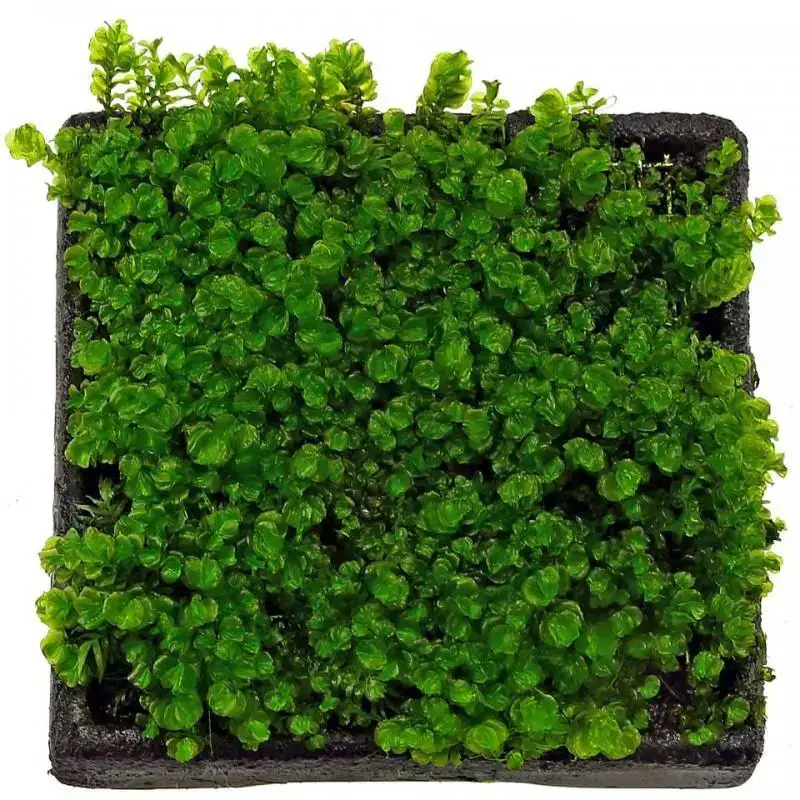
tetragonum-800×800.jpg from: https://www.petpazarim.com/tetragonum-moss
Background
Before delving into the intricacies of Conostomum tetragonum, it’s essential to understand the broader context of bryophytes. These non-vascular plants, which include mosses, liverworts, and hornworts, play a crucial role in various ecosystems. They are often among the first colonizers of disturbed or barren areas, paving the way for more complex plant communities to thrive.
Main Content
Morphology and Identification
Conostomum tetragonum is a striking moss species that forms dense, cushion-like tufts or mats. Its stems are tetragonous (four-angled), a characteristic that lends the species its scientific name. The leaves are lanceolate (lance-shaped) and spirally arranged, creating a distinctive appearance. When dry, the leaves are tightly appressed to the stem, but upon hydration, they become spreading and recurved, revealing their vibrant green hue.
One of the most remarkable features of
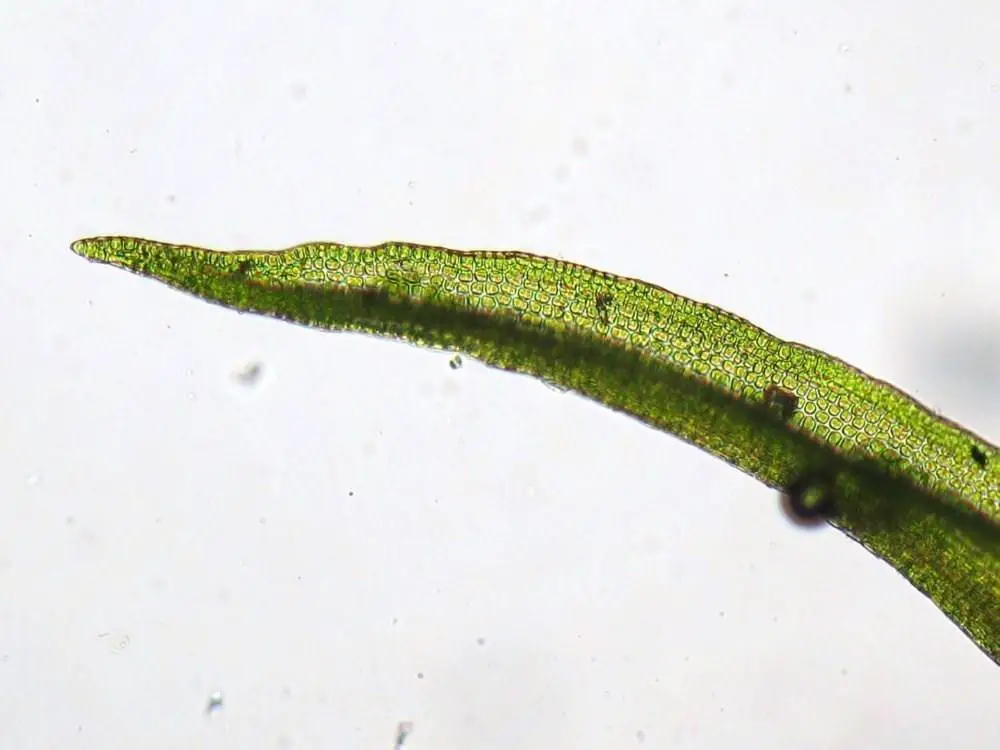
Dicranoweisia-cirrata-leaf-web.jpg from: https://blogs.ubc.ca/biology321/?page_id=993
Conostomum tetragonum is its sporophyte, which bears a conical, elongated operculum (lid) atop the capsule. This unique structure has earned the moss its common name, “Conostomum,” derived from the Greek words “konos” (cone) and “stoma” (mouth).
Global Distribution and Habitat
Conostomum tetragonum is widely distributed across the Northern Hemisphere, thriving in various habitats, including acidic soils, rock crevices, and exposed areas. It is particularly abundant in boreal and arctic regions, where it plays a vital role in the tundra ecosystem.
This resilient moss species is well-adapted to harsh conditions, such as low temperatures, desiccation, and nutrient-poor environments. Its ability to withstand extreme conditions has made it a valuable indicator species for monitoring environmental changes, particularly in sensitive ecosystems like the
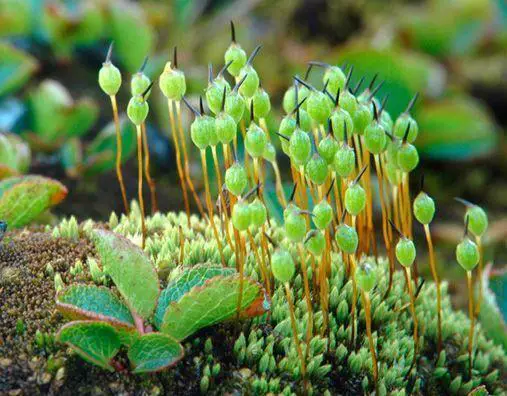
Conostomum_tetragonum_192.jpg from: https://www.nhm.uio.no/kunnskapsunivers/botanikk/mose/utstilling/HelgeG/
Arctic.
Ecological Roles and Adaptations
Conostomum tetragonum is not just a fascinating moss species; it also plays crucial ecological roles in its native habitats. As a pioneer species, it helps stabilize and enrich soils, facilitating the establishment of other plant communities. Additionally, its dense mats provide microhabitats for various invertebrates and serve as a food source for herbivores like caribou and reindeer.
This moss species has evolved remarkable adaptations to survive in challenging environments. Its compact growth form and tightly appressed leaves help minimize water loss during dry periods. Furthermore, its ability to rapidly rehydrate and resume photosynthesis after prolonged desiccation is a testament to its resilience.
Case Studies/Examples
In the Canadian Arctic Archipelago, Conostomum tetragonum has been extensively studied as an indicator species for monitoring the impacts of climate change. Researchers have observed changes in its distribution and abundance, providing valuable insights into the effects of warming temperatures and altered precipitation patterns on tundra ecosystems.
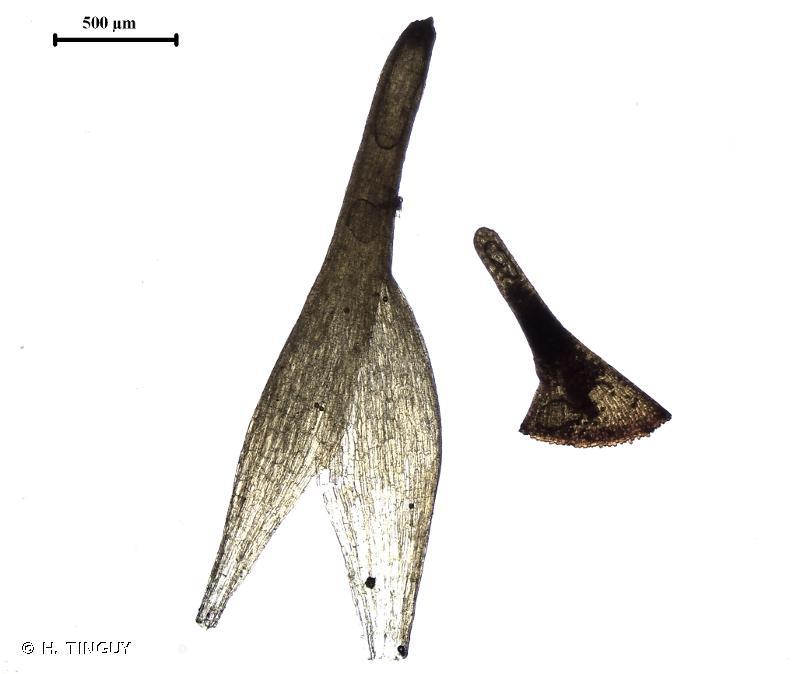
248815.jpg from: https://inpn.mnhn.fr/espece/cd_nom/4434/tab/fiche
Technical Table
| Characteristic | Description |
|---|---|
| Scientific Name | Conostomum tetragonum (Hedw.) Lindb. |
| Family | Bartramiaceae |
| Common Name | Conostomum |
| Growth Form | Dense cushions or mats |
| Stem | Tetragonous (four-angled) |
| Leaves | Lanceolate, spirally arranged, appressed when dry, spreading and recurved when hydrated |
| Sporophyte | Conical, elongated operculum (lid) atop the capsule |
| Distribution | Northern Hemisphere, boreal and arctic regions |
| Habitat | Acidic soils, rock crevices, exposed areas |
| Adaptations | Compact growth form, tightly appressed leaves, rapid rehydration, desiccation tolerance |
| Ecological Roles | Soil stabilization, microhabitat provision, food source for herbivores |
Conclusion
Conostomum tetragonum is a true marvel of the bryophyte world, a testament to the incredible diversity and resilience of these often-overlooked organisms. From its striking morphology to its vital ecological roles, this moss species captivates enthusiasts and scientists alike. As we continue to explore and appreciate the wonders of nature, Conostomum tetragonum serves as a reminder of the intricate web of life that surrounds us, prompting us to ponder: What other hidden gems await discovery in the vast tapestry of our planet’s biodiversity?